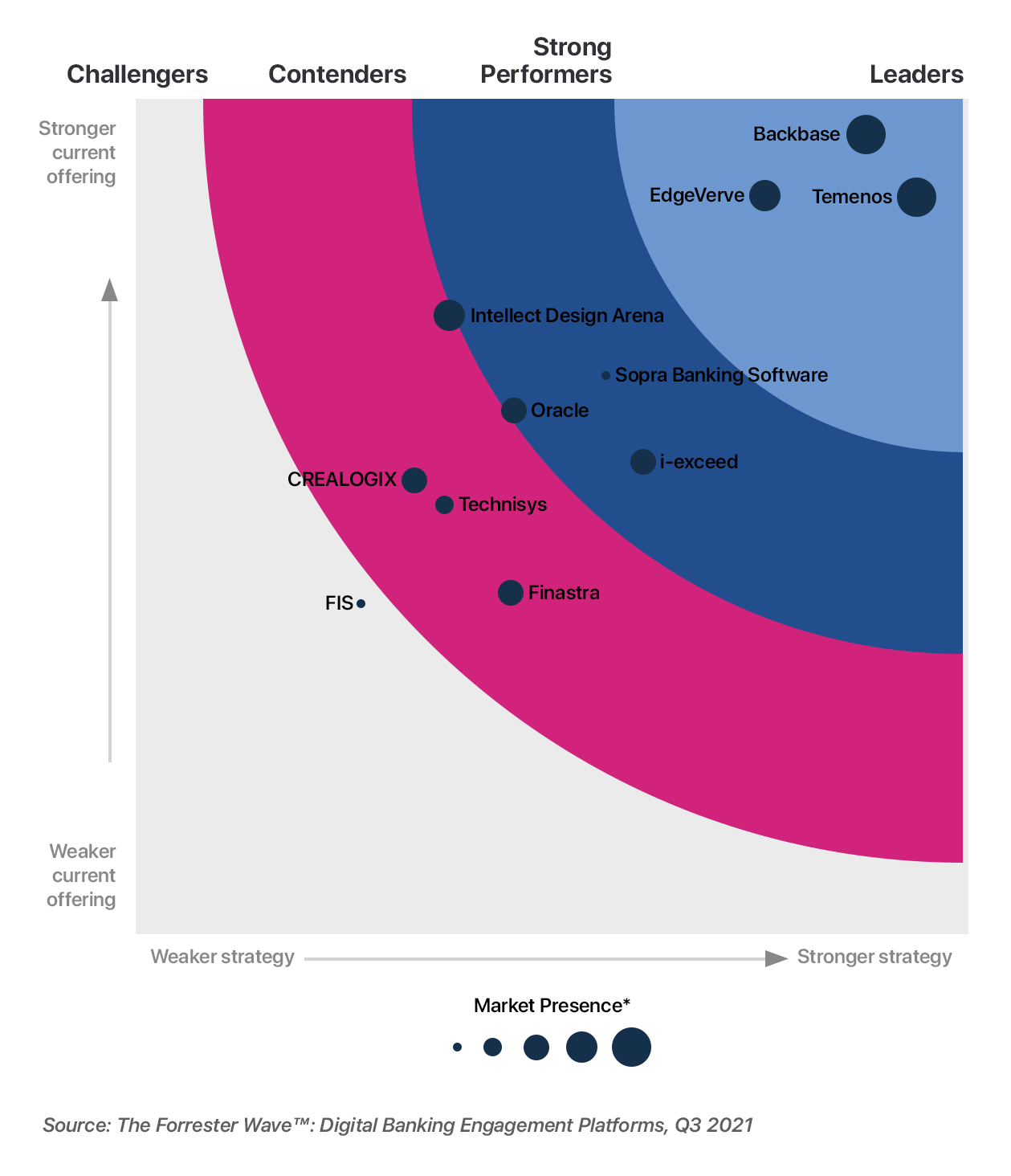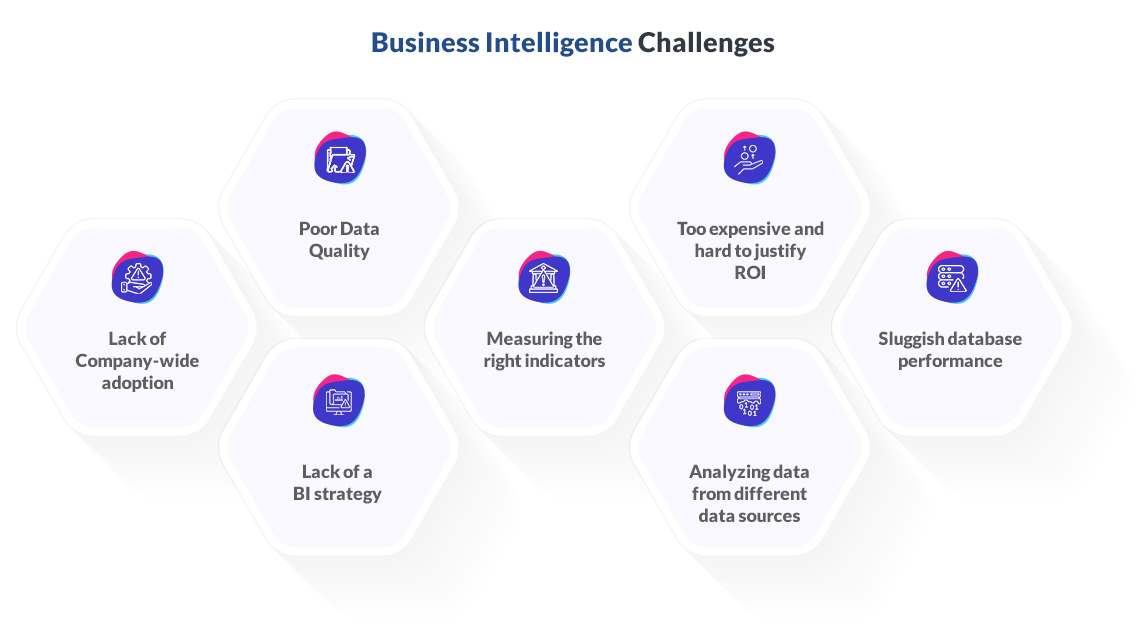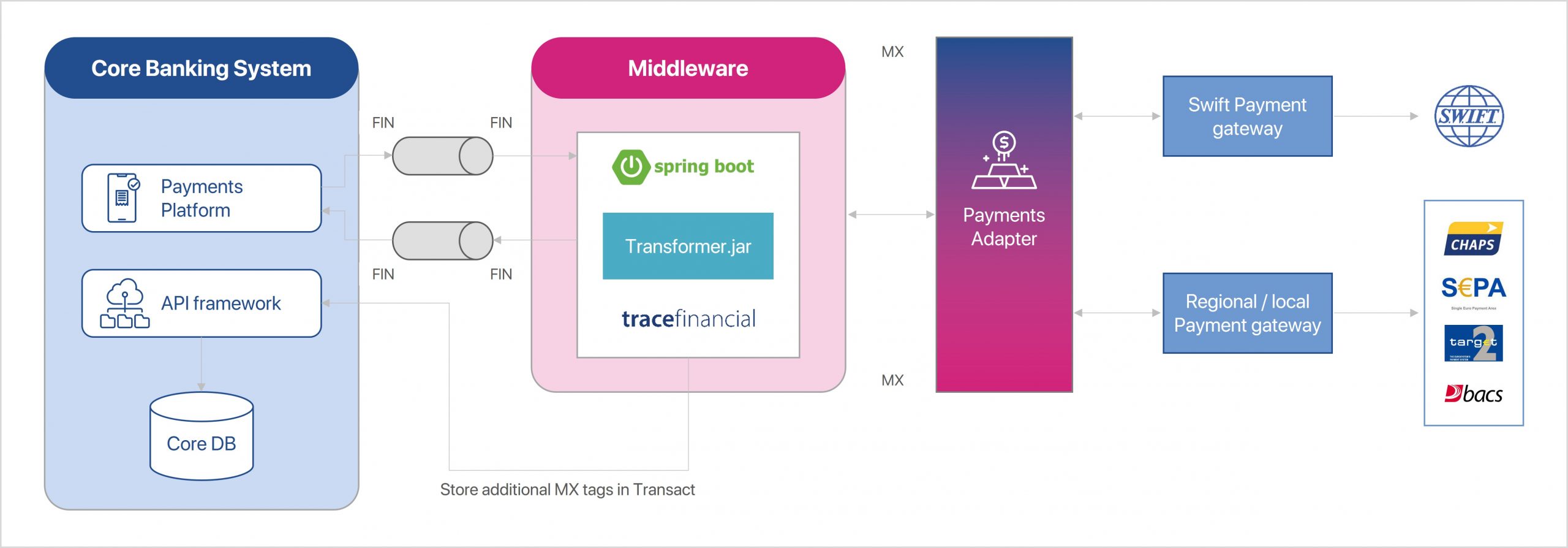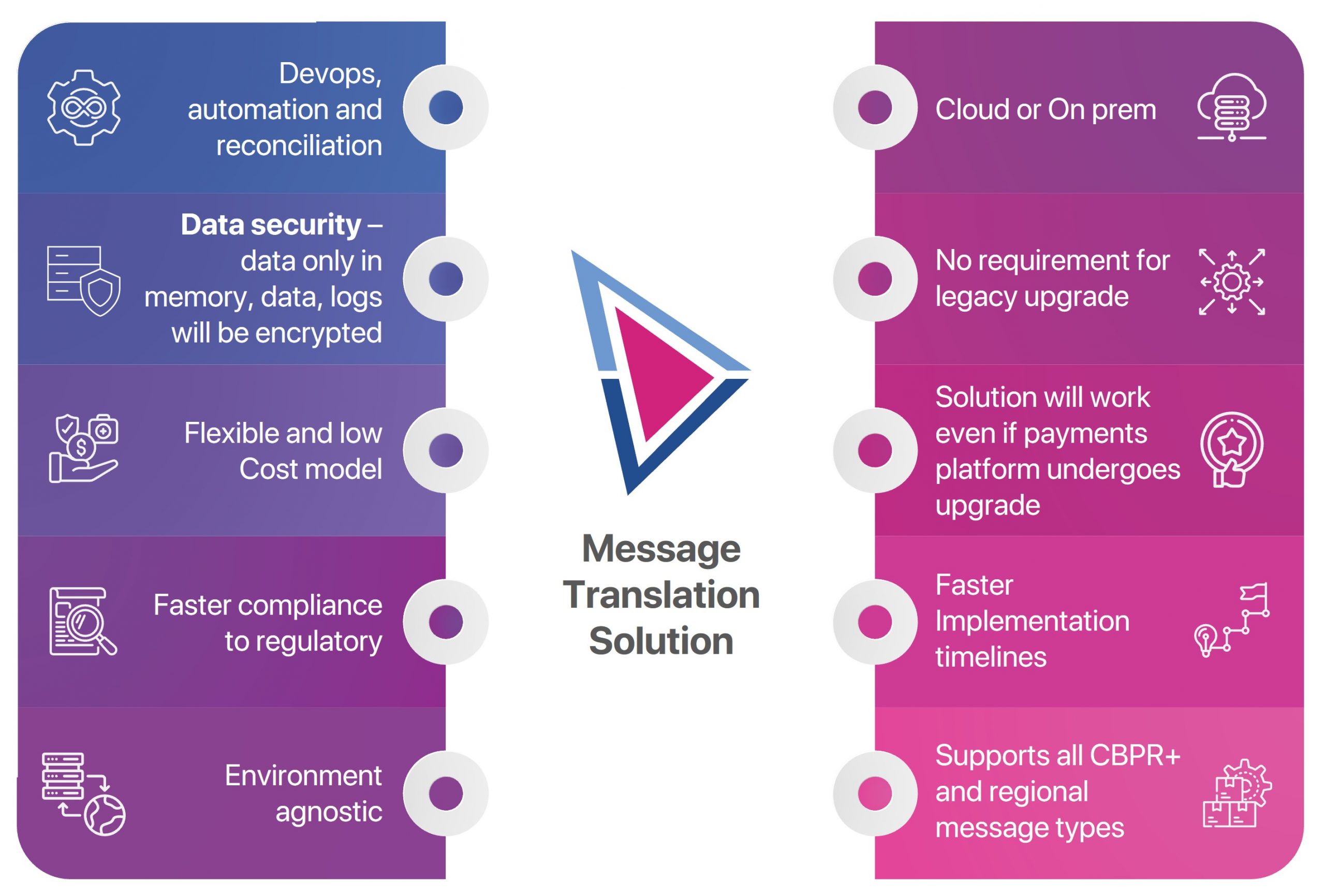Temenos Transact is a Core Banking System for New Banks

Temenos Transact takes advantage of cutting-edge technology to make standard banking services more accessible and more straightforward to use, allowing financial institutions to meet the evolving needs of their clientele better.
Customers today are pickier and less loyal than in the past, always looking for the next best deal from various vendors. Increasing customer loyalty and acquiring new customers with the help of Temenos Transact allows leading FIs to offer new solutions and services across sectors.
Top reasons for adopting Temenos Transact
Unsurprisingly, the top reason for adopting Temenos Transact as a core banking system is – the competition.
Companies that have recently entered the banking industry share a common trait: they are consumer-focused, technology-driven upstarts utilizing disruptive technologies to create compelling value propositions for their target markets, in addition to providing attractive solutions for challenger and neo banks, Temenos Transact supplies and leverage these technologies to help incumbent banks become more agile digital banking providers.
From retail and corporate banking and wealth management, customizing Temenos adoption is a matter of hands-on competence that comes from years of consulting with the top global FIs. Reaching game mastery accelerates the next in Digital Banking, something that partners like Maveric Systems understand intimately.
Two main reasons that add complexity to the mix are the need for continual releases and the changing market landscape.
New features are added to the solution every month, making them immediately available to financial institutions. These enhancements come from component-level upgrades installed in real time without disrupting ongoing customer services.
Profit margins have been under stress for the last decade due to the persistent downturn. Return on equity levels has yet to recoup their pre-2008 crisis peaks of >20%. New entrants’ cost models are dramatically different from established banks; their cost-to-income ratios average 30%, compared to the 50s for most European banks. Temenos Using Transact’s cutting-edge digital banking architecture offers higher process automation that provides better products and services at a lower price.
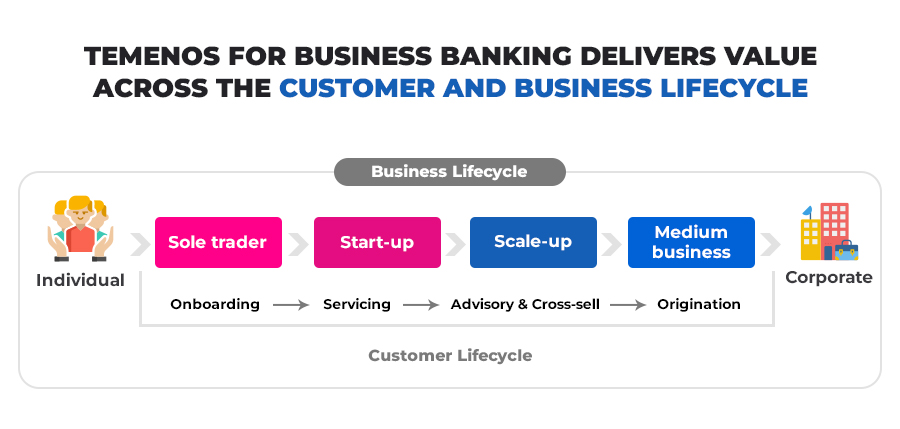
Important Caveat for Core Banking Systems: Not all use cases are identical.
While multiple Fintech start-ups consider if Temenos Transact is a good fit for them, vis-à-vis features, deployment times, and the resulting boost in CX, it makes sense to examine the market for alternative solutions. For one, the upfront costs for adopting Temenos can be reduced with the Temenos Banking Cloud service because of the pay-as-you-go pricing model.
Secondly, no one solution fits everyone’s use case. After all, specific variability is inevitable – production costs, ease of integration, the complexity of the underlying technology stack, and the degree to which the core banking solution automates front-middle-backend processes are all crucial for decision-making.
Classical Banks Vs. Fintech’s
Temenos Transact is a fully-featured banking solution. However, its features are geared more toward traditional banks. In some situations, payment institutions and electronic money services providers may need to seek workarounds for their core functionality. There is the fact that system extensibility in Temenos Transact allows various solutions to be implemented to meet multiple regulatory requirements, but doing so requires more work than simply modifying a pre-existing model.
The Final Word
If you are looking for a digital core banking services, look no further than Temenos Transact. Over 1000 banks in 150+ countries rely on Temenos Transact, which uses cloud-native and agnostic technology to provide the broadest and most sophisticated banking functionality spanning retail, corporate, treasury, wealth, and payments.
About Maveric Systems
Starting in 2000, Maveric Systems is a niche, domain-led Banking Tech specialist partnering with global banks to solve business challenges through emerging technology. 3000+ tech experts use proven frameworks to empower our customers to navigate a rapidly changing environment, enabling sharper definitions of their goals and measures to achieve them.
Across retail, corporate & wealth management, Maveric accelerates digital transformation through native banking domain expertise, a customer-intimacy-led delivery model, and a vibrant leadership supported by a culture of ownership.
With centers of excellence for Data, Digital, Core Banking, and Quality Engineering, Maveric teams work in 15 countries with regional delivery capabilities in Bangalore, Chennai, Dubai, London, Poland, Riyadh, and Singapore.
View































